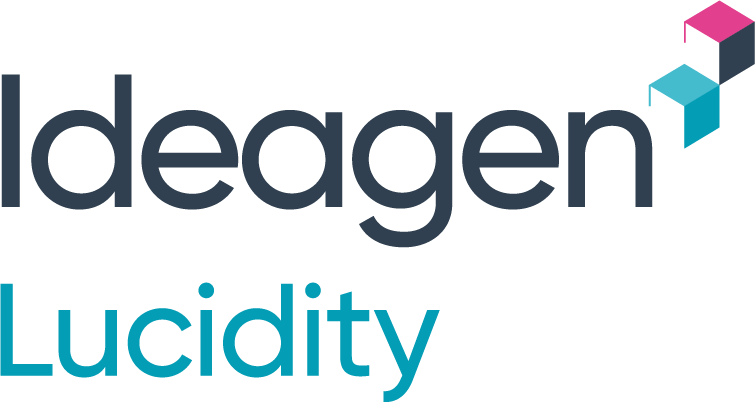3 min read
How can you make 2024 your safest year yet?
By: Lucidity Team on Jan 31, 2024 10:53:28 AM

January is almost over, and the beginning of 2024 in Australia has already been marked by cyclones, floods, and extreme heat. Many people have returned slowly to work from their summer holidays, and there is no better time for employers to shine a spotlight on health and safety processes and set workers up for a safe and successful year.
Devastatingly, a young worker has already had his life cut short this week after he was electrocuted and fell off a roof at a worksite in Sydney's south. This is a stark reminder that life is precious, and we all have a responsibility to work together to continuously create safe work environments, as everyone deserves to get home safe at the end of every day.
While some major WHS trends may impact how businesses and HSEQ professionals operate in the future (we will touch on these in our next blog), let's start the year by getting back to basics.
We have compiled a list of tasks that can be completed right now to ensure that safety remains a top priority and remind all workers that health and safety are critical aspects of your business's culture.
- Review and Update Safety Policies: When was the last time your WHS policies were reviewed to ensure they comply with current laws and regulations? There have been some significant regulatory changes recently, such as managing psychosocial hazards and risks, a new positive duty on employers to prevent workplace sexual harassment, sex discrimination and victimisation in the workplace and the Silica Dust Code of Practice was updated in late 2023. Your review might also include changes due to new legislation, industry standards, or technological advancements.
- Risk Assessments: Conduct a comprehensive risk assessment of all operations and worksites to identify potential hazards and risks. Involving new workers in the process can bring fresh perspectives and help identify any new hazards. Risk assessments are always ongoing as new risks can emerge with changes in the workplace, however prioritising and putting a spotlight on them at the start of the year will help remind everyone that safety should always be top priority.
- Employee Training: Ensure that all employees receive appropriate training on your WHS policies and procedures (especially if there have been any amendments after you have reviewed them). This includes not only new employees but also offering refresher courses for existing staff.
- Verification of Competency (VOC): While ensuring everyone’s training is up to date, why not do some spot checks and ensure workers on-site possess the necessary skills and knowledge to perform their tasks safely and effectively? VOC acts as a gatekeeper by allowing only those who have demonstrated the required skills and understanding of safety protocols to undertake certain tasks. This process significantly mitigates the risk of accidents and injuries, safeguarding not just the individual workers but also their colleagues and the general public.
- Emergency Preparedness: As we said earlier, this year has seen cyclones, extreme heat and flooding. In emergency situations, individuals can easily become anxious and panicked. However, by implementing clear emergency plans and carrying out regular drills, employees will know how to respond appropriately in different emergency scenarios. It's important to review, update, and communicate emergency plans frequently to ensure they remain fresh in the minds of workers.
- Invest in your Safety Equipment: Ensure that all necessary safety equipment is available and in good condition and that employees know when and how to use it properly.
- Incident Reporting and Investigation: Not only ensure your system for reporting and investigating workplace incidents is robust - make sure all workers are aware of how to and have access to be able to report. Reporting incidents helps to prevent similar occurrences from happening in the future. This flows into the next action.
- Supportive Workplace Culture: Foster a culture that values safety and encourages employees to speak up about hazards without fear of reprisal. Without reporting, there is no real way to know just how safe or unsafe a workplace is. Reward and encourage workers to identify safety concerns and report hazards. This will increase awareness and help create a culture of safety in the workplace.
And lastly but arguably the most important
- Consultation with Employees: Engage with your workers to get their feedback on WHS matters. They can provide invaluable insights into potential hazards and suggestions for improvements.
As businesses and HSEQ professionals prepare for the year ahead, focusing on fundamental safety practices, regular policy reviews, comprehensive risk assessments, and fostering a culture of safety will be crucial in ensuring that every worker returns home safely at the end of each day.
Related Posts
Australian WHS Strategy 2023-2033
Safe Work Australia has released its Australian Work Health and Safety (WHS) Strategy 2022-2032, a...
Engaged workers and data quality
As businesses strive to create safer work environments, the effective management of workplace...
Boosting WHS Program Adoption
Businesses operating in high-risk industries face unique safety and operating challenges that...


